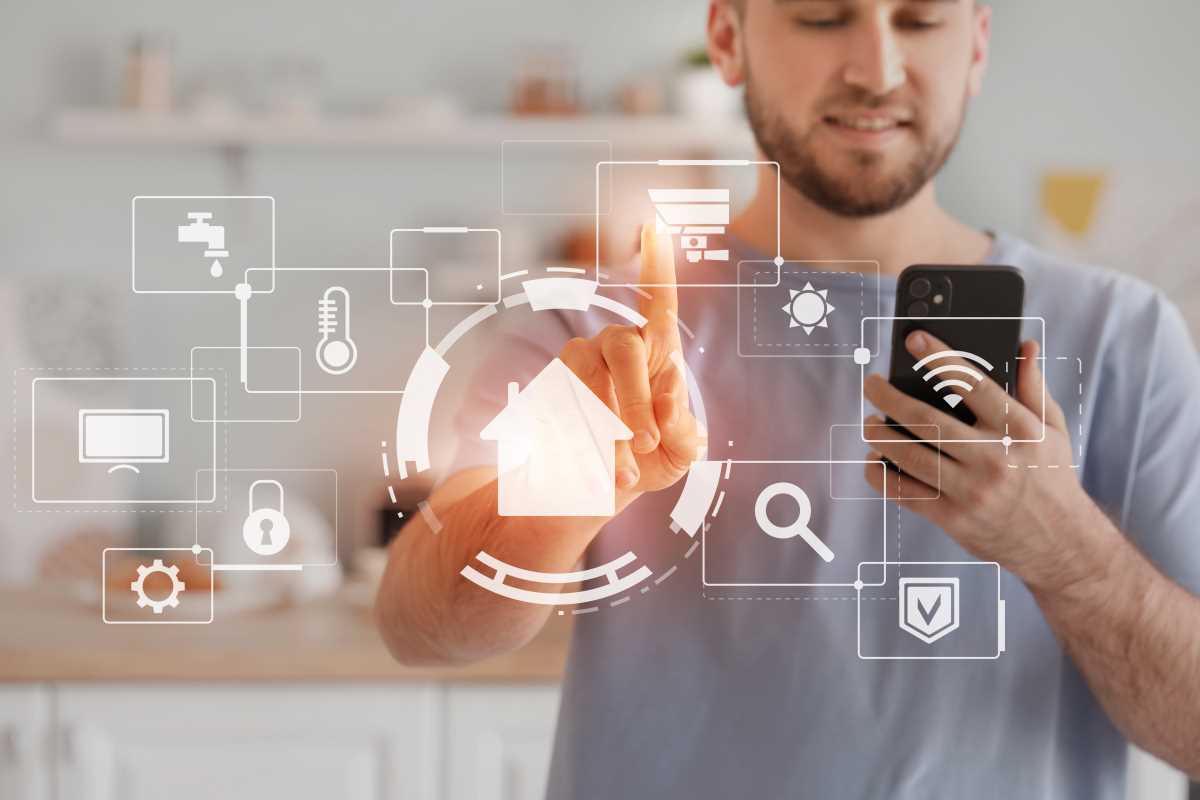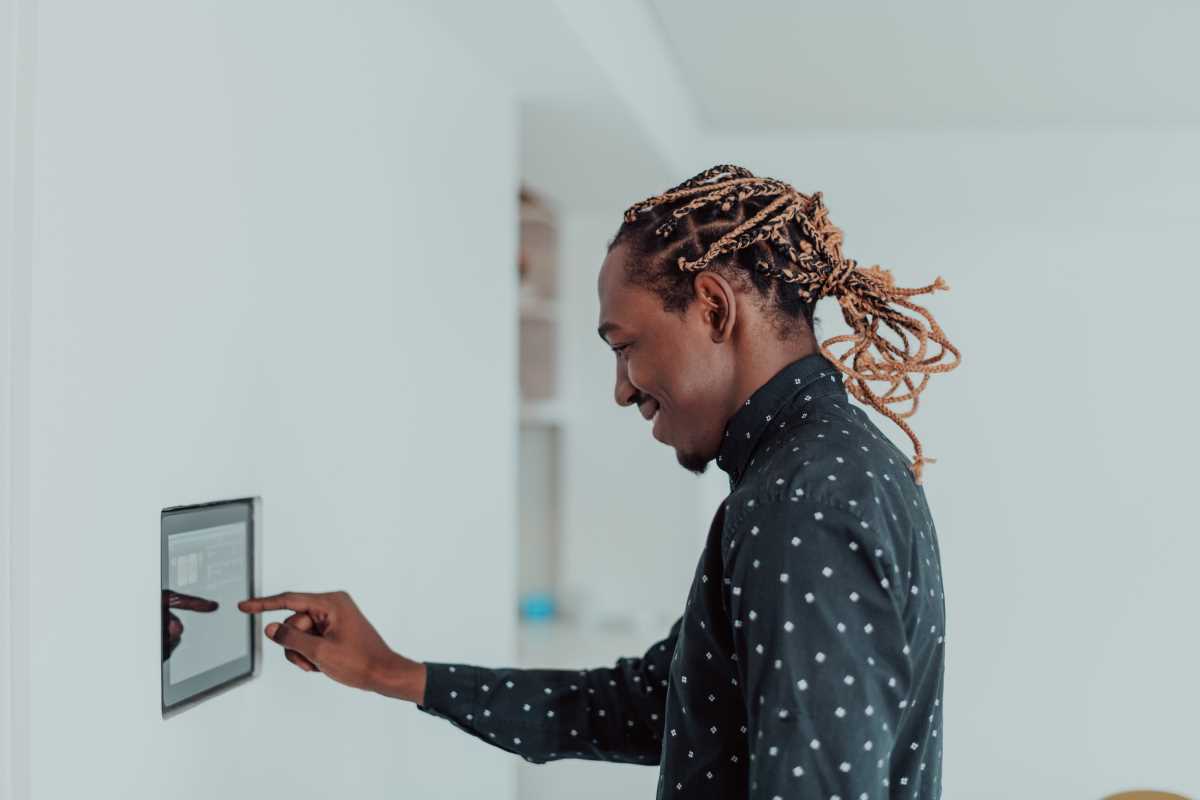Imagine walking through your front door, and the lights turn on by themselves. Your favorite playlist starts playing in the background, and the thermostat adjusts to the perfect temperature. Welcome to the world of smart homes. These homes are powered by interconnected devices that communicate with each other and work to make your life more comfortable, efficient, and, yes, even futuristic.
But is living in a smart home really as perfect as it sounds? While the idea of a fully connected home has gained a lot of attention over the years, it’s not without its quirks and pitfalls. Smart homes promise a lot of convenience and innovation, but they also raise questions about costs, privacy, and reliability. Before you consider transforming your home into a high-tech hub, it’s worth taking a closer look at both the benefits and the challenges.
This article will break down the pros and cons of a smart home, helping you decide whether it’s the right fit for your lifestyle.
A smart home refers to a residence equipped with internet-connected devices that can be remotely managed using a smartphone, tablet, or voice assistant, like Alexa or Google Assistant. These devices can control various aspects of your home, including lighting, security cameras, door locks, entertainment systems, kitchen appliances, and even water sprinklers.
The key feature of a smart home is automation. For example, you can schedule your smart lights to turn on at sunset or program your coffee machine to start brewing every morning before you wake up. The overarching goal? To simplify life and improve your home's efficiency, comfort, and safety.
The Pros of Living in a Fully Connected Smart Home
1. Convenience Like Never Before
The most obvious benefit of a smart home is convenience. With just a tap on your phone or a voice command, you can automate daily tasks. For instance:
- Forget fumbling for light switches. Smart lights can turn on wherever you go.
- Smart locks allow you to give temporary access to guests or service workers, even if you’re not home.
- You can control every device from one central app, saving yourself the hassle of jumping between different platforms.
Essentially, smart homes allow you to spend less time managing household chores and more time focusing on what matters most to you.
2. Increased Energy Efficiency
Smart homes often help reduce energy consumption. Devices like smart thermostats, smart plugs, and energy monitors adjust usage to ensure efficiency. For example:
- A smart thermostat can learn your daily habits and adjust cooling or heating, so you don't waste energy when no one’s home.
- Smart lights can sense when a room is unoccupied and turn off automatically.
Not only does this save energy, but it also results in lower utility bills over time. For eco-conscious individuals, turning your home smart can also help reduce your carbon footprint.
3. Enhanced Home Security
Security is another big draw. Many smart devices are designed to help protect your home and give you peace of mind:
- Smart cameras can send you real-time footage of your home via smartphone apps, allowing you to monitor activity from anywhere.
- Motion-sensor lights activate when someone approaches your home, deterring potential burglars.
- Some systems even feature facial recognition or alert you to suspicious activity.
These features make smart homes particularly appealing to parents or frequent travelers who want more control over their home’s safety.
4. Customization for Your Lifestyle
Smart homes adapt to your preferences. You can program routines to fit your lifestyle. For instance:
- Set all lights to dim and start your favorite playlist every evening at dinner time.
- Program your blinds to open at sunrise for a natural wake-up experience.
- Get notifications when the fridge is running low on certain groceries.
With the ability to fine-tune nearly every aspect of your home, smart homes offer unparalleled personalization.
The Cons of Living in a Fully Connected Smart Home
1. High Upfront Costs
One of the biggest drawbacks of smart homes is the cost. Setting up a fully connected smart home typically requires an investment in hardware and installation. For example:
- A reliable smart thermostat can set you back several hundred dollars.
- Smart appliances, like washers or refrigerators, can cost significantly more than their traditional counterparts.
- Upgrading older homes may require additional wiring or retrofitting, which can add to the expense.
While the technology might save you money on energy and utility bills over time, the initial investment can be a tough pill to swallow.
2. Privacy Concerns
Privacy is one of the most debated issues with smart homes. Since these devices rely on internet connectivity, they process large amounts of data, often including personal information. This raises important questions:
- How secure is the data being transmitted?
- Could your devices be “listening” to you even when they’re not in use?
- What happens if someone hacks into your smart network?
While developers are adding security measures to reduce risks, privacy concerns remain a valid reason why some people avoid smart homes altogether.
3. Reliability and Technical Glitches
Another downside is that smart home systems are only as reliable as the technology behind them. Connectivity issues, power outages, or software bugs can disrupt the system. For example:
- Your smart lights might refuse to turn on during a Wi-Fi outage, leaving you to fumble in the dark.
- Voice assistants sometimes misinterpret commands, resulting in frustration.
- A poorly updated device may stop syncing with other devices.
A fully connected smart home relies heavily on stable internet access and up-to-date devices, two things that aren’t always guaranteed.
4. Overdependence on Technology
Smart homes simplify daily tasks, but this can lead to an overreliance on technology. Do you really need your coffee machine connected to Wi-Fi? Some argue that smart homes encourage laziness or create unnecessary dependence on apps. If these conveniences fail, it could make simple tasks suddenly seem much harder.
Additionally, some people miss the simplicity of certain traditional appliances.
 (Image via
(Image via





